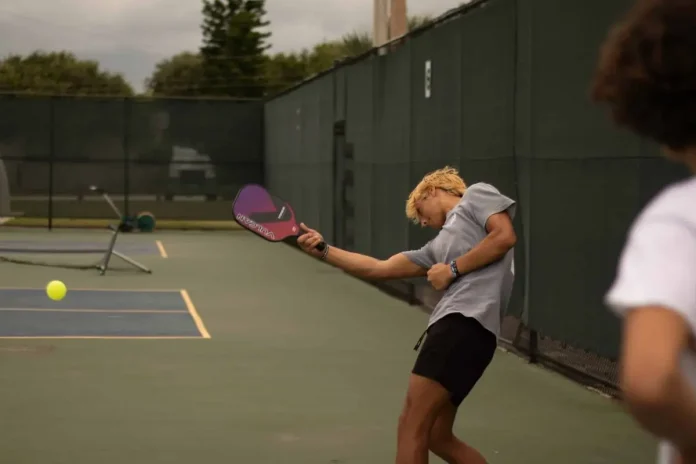Worldwide Pickleball Obsession Trend: Pickleball, a sport that combines elements of tennis, badminton, and table tennis, has quickly become the fastest-growing sport in the United States and is spreading worldwide. Loved for being easy to learn, affordable, and inclusive, it has become a favorite for families, seniors, and professional athletes alike.
From a Backyard Game to a Worldwide Trend
Pickleball began in 1965 on Bainbridge Island in Washington. Joel Pritchard, Bill Bell, and Barney McCallum created the game to entertain their children using a badminton net, ping-pong paddles, and a plastic wiffle ball. The unusual name comes from the rowing term “pickle boat,” which refers to crews formed from leftover rowers—much like pickleball, which blends multiple sports.
Today, pickleball is thriving not only in the U.S. but also in countries like the Philippines, where courts are often fully booked. Luxury resorts and city parks are also building courts to keep up with the demand.
How the Game Works
Pickleball is played on a court about one-third the size of a tennis court, making it easier to cover. Players use solid paddles larger than ping-pong paddles but smaller than tennis rackets, along with lightweight plastic balls.
Games usually go to 11 points, and players only score on a serve. A unique “double-bounce” rule requires the ball to bounce once on each side before volleys are allowed. The “kitchen,” a no-volley zone near the net, prevents players from smashing the ball too close.
Though rules may seem tricky at first, beginners often pick up the game quickly. Brightly colored balls and smaller courts also make play easy and enjoyable.
Why People Love Pickleball
The sport has gained fans because it is simple, social, and fun. Unlike tennis, it does not require years of training. Many new players become comfortable after just a few matches.
For families, pickleball is a way to connect. One player shared: “For me, it’s become a way to connect with family without defaulting to a filling, drawn-out meal. My mom, who hasn’t swung a racket in years, has caught the pickleball bug, and we’ve found time to hang out with each other through pickleball ever since I moved out.”
The sport is also popular among older adults. Many former tennis and pelota players enjoy the game because it provides exercise without too much strain on the body. It is affordable too—players only need paddles and balls, not expensive memberships.
“Even my titos and titas in their senior years love it. They’re often better than us youngins, too, as ex-tennis and pelota players—games that had their heyday, just like pickleball is having now.”
The Challenges
Despite its growth, not everyone supports pickleball. Tennis fans sometimes dismiss it, while others complain about the sharp popping sound of the ball, which has led to noise complaints in U.S. neighborhoods.
Some sports communities also resist because pickleball courts often replace tennis, badminton, or basketball spaces. Critics question if it is a passing trend, much like pelota in Manila during the 1970s.
The Bigger Picture
Despite criticism, pickleball continues to expand rapidly worldwide. With its easy learning curve, low costs, and social atmosphere, the sport appeals to all ages and fitness levels. For many, it is less about competition and more about connection and fun.
As one player explained: “After a game, I rarely remember who won—I just know how much fun I had.”
News in Brief: Worldwide Pickleball Obsession Trend
Pickleball, created in 1965 by Joel Pritchard, Bill Bell, and Barney McCallum, is now the fastest-growing sport in the U.S. and gaining global popularity. The game is easy to learn, affordable, and family-friendly. Though it faces criticism, its appeal continues to grow as a social and active pastime.
ALSO READ: Maine Surprises Nation With Sky-High Pickleball Obsession—Here’s Why the Craze Won’t Slow Down

